Ignition Sources
03/28/2017
The officially recognized IGNITION SOURCES or ‘FIRE STARTERS ‘ are given in European Standard EN 1127-1 (2011).
Their number is 13 !
listed as follows:
1. Hot surfaces
Important parameters to be considered are :
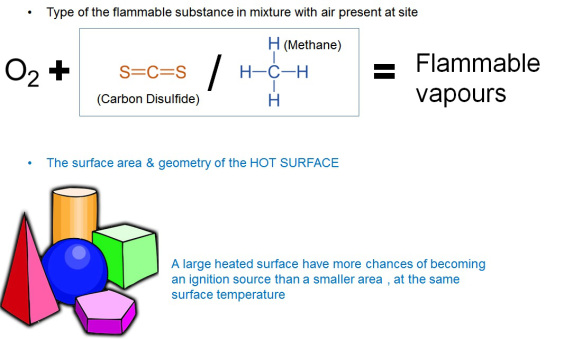
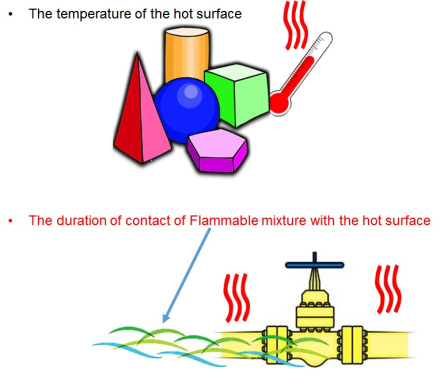
2. Flames and hot gases (including hot particles)
This is one of the most effective source of ignition.
Presence of even a small flame (say a burning candle ) clearly indicates that a combustion reaction is in process at temperatures of around 900 Degrees Centigrade with production of hot gases .
“A FLAME AND A HAZARDOUS AREA ARE AT-ONCE EXPLODED “ .
Remember the old saying from the ‘The Fables of Experts’
3. Mechanically generated sparks
Mechanism of Ignition
As a result of friction, impact or abrasion processes such as grinding, particles can become
separated from solid materials and become hot owing to the energy used in the separation process. If these particles consist of oxidize-able substances, for example iron or steel, they can undergo an oxidation process, thus reaching even higher temperatures. These particles (sparks) can ignite combustible gases and vapours and certain dust/air-mixtures (especially metal dust/air mixtures).
In deposited dust, smouldering can be caused by the sparks and this can be a source of ignition for an explosive atmosphere. (EN 1127- 1: )
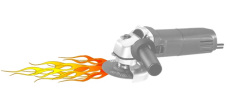
4. Power Supplies (Electrical Apparatus)

There is no doubt about this fact that the most notorious, the most dangerous & the most effective FIRE STARTER is an ELECTRICAL APPARATUS.
let us consider one of the most simplest of all the Electrical Apparatus.
An Electrical Switch

EVERY “ON”-“OFF” operation is an IGNITION SOURCE
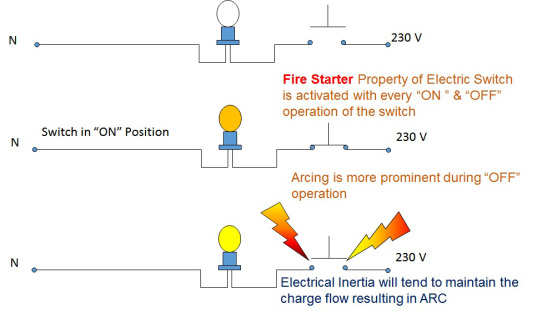
Electrical Inertia is due to the resultant Impedance of the circuit
5. Stray electrical currents , cathodic corrosion protection
Stray Currents in an electrical network are like STRAY Animals in your neighborhood……….. lost, unwanted and a nuisance . Useful , perhaps……… desired, maybe , but not in this form.

Stray currents can Ignite an explosive area through the following mechanism:
- Overheating its own path
- Generating a potential difference at the point of breakage and initiating an arc across the gap
6. Static Electricity
See our latest article about Eletcrostratic & Ex
7. Lightning
See : IEC 62305-Protection Against Lightning
8. Electromagnetic waves , radio frequency (RF)
![]()
Electromagnetic waves are emitted by all systems that generate and use radio-frequency electrical energy (radio-frequency systems), e.g. radio transmitters , industrial or medical RF generators for heating, drying, hardening, welding, cutting etc.
All conductive parts located in the radiation field function as receiving aerials /antennas.
If the field is powerful enough and if the receiving aerial is sufficiently large (physical dimensions ), these conductive parts can cause ignition in explosive atmospheres. The received radio-frequency power can, for example, make thin wires glow or generate sparks
during the contact or interruption of conductive parts. The energy picked up by the receiving aerial, which can lead to ignition, depends mainly on the distance between the transmitter and the receiving aerial as well as on the dimensions of the receiving aerial at any particular wavelength and Radio Frequency power. (EN 1127-2007)
9. Electromagnetic waves
![]()
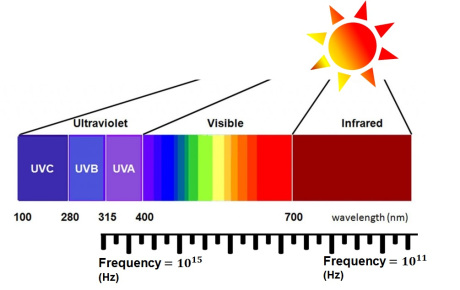
10. Ionizing radiation
Ionization is the process by which an atom or a molecule acquires a negative or positive charge by gaining or losing electrons to form ions, often in conjunction with other chemical changes
Ionizing radiation is any type of particle or electromagnetic wave that carries enough energy to ionize or remove electrons from an atom. There are two types of electromagnetic waves that can ionize atoms:
X-rays and gamma-rays, and sometimes they have the same energy.
Ionizing radiation generated, for example, by X-ray tubes and radioactive substances can ignite explosive atmospheres (especially explosive atmospheres with dust particles) as a result of energy absorption.
11. Ultrasound
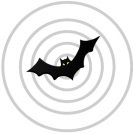

Ultrasound is sound waves with frequencies higher than the upper audible limit of human hearing. (The range of human hearing is generally considered to be 20 Hz to 20 kHz)
The most common & familiar uses are as follows:
- Underwater Range Finding known as SONAR (SOund Navigation And Ranging)
- Ultrasonography (Medical Ultrasound)
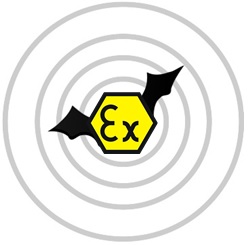
Ultrasonic sound waves , generated by electroacoustic transducers , can transfer the inherent energy as heat to liquid or solid substances , which in extreme cases can overheat and ignite .
12. Adiabatic compression and shock waves
First …..Some definitions
Adiabatic Process
In thermodynamics, an adiabatic process is one that occurs without transfer of heat or matter between a thermodynamic system and its surroundings. In an adiabatic process, energy is transferred only as work. (Wikipedia)
Adiabatic Compression
A good example of adiabatic compression is the gasoline engine ‘s compression stroke during operation.
.jpg?1490599591929)
13. Exothermic reactions , including self-ignition of the powders
DEFINITION
.jpg?1490599614757)
.jpg?1490599629479)
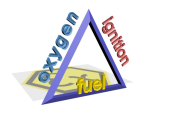
Link to original article: https://expeltec.com/2017/01/21/ignition-sources/

